Home>Articles>What Type Of Plywood To Use For Under Countertops
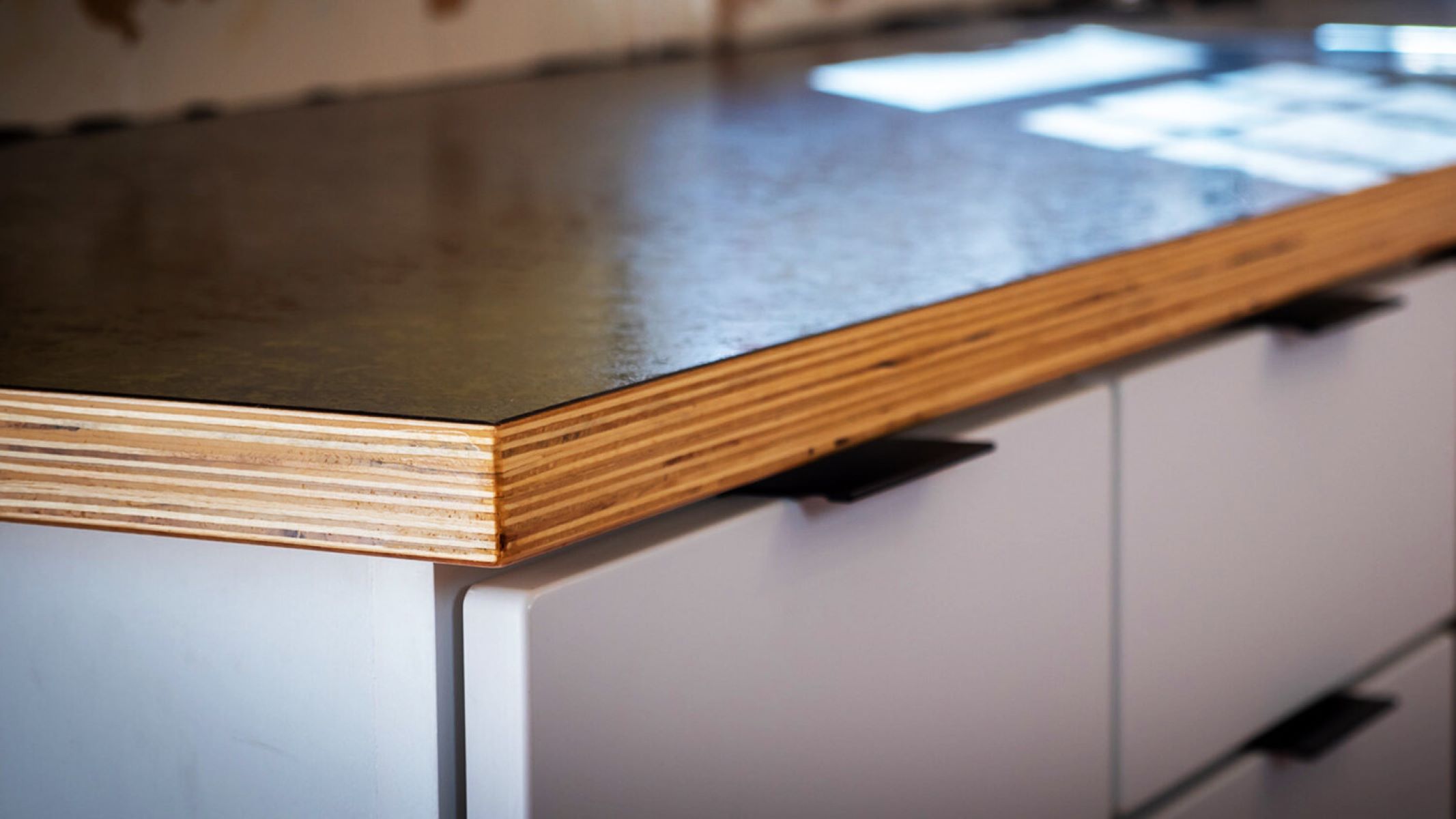

Articles
What Type Of Plywood To Use For Under Countertops
Modified: May 6, 2024
Learn about different types of plywood that are suitable for under countertops in this informative article. Find out which plywood to use for a sturdy and durable foundation.
(Many of the links in this article redirect to a specific reviewed product. Your purchase of these products through affiliate links helps to generate commission for Storables.com, at no extra cost. Learn more)
Introduction
When it comes to installing countertops, choosing the right type of plywood for the underlayment is crucial. The quality and durability of the plywood directly impact the stability and longevity of your countertops. Plywood provides a solid and stable base for your countertops, ensuring that they remain level and secure.
In this article, we will explore the different types of plywood that are commonly used for under countertops. Each type has its own unique characteristics and advantages, making it important to understand which one is best suited for your specific project. We will also discuss the key factors to consider when selecting plywood for under countertops and provide some installation tips and recommendations.
So, let’s dive in and discover the best type of plywood to use for under countertops!
Key Takeaways:
- Choose marine plywood for high-moisture areas like kitchens and bathrooms to ensure superior water resistance and durability, providing a reliable underlayment for long-lasting countertops.
- Prioritize durability, smoothness, and moisture resistance when selecting plywood for under countertops, balancing cost with quality to create a stable and visually appealing foundation for your kitchen or bathroom surfaces.
Read more: What Type Of Plywood For Attic Floor
Types of Plywood for Under Countertops
1. CDX Plywood:
CDX plywood is a popular choice for under countertops due to its durability and affordability. CDX stands for “C-grade on the face, D-grade on the back, and X-grade glue bonds,” indicating that it has a rough appearance and is suitable for structural purposes. While CDX plywood is not as aesthetically pleasing as other types, it is a cost-effective option that provides sufficient strength and stability for supporting countertops.
2. Marine Plywood:
If you’re installing countertops in an area prone to moisture, such as a kitchen or bathroom, marine plywood is an excellent choice. Marine plywood is specifically designed to withstand water exposure and offers excellent resistance to warping, rotting, and delamination. It is constructed with waterproof glue and uses high-quality veneers, making it a reliable option for under countertops where moisture is a concern.
3. Exterior Plywood:
Exterior plywood is another viable option for under countertops, particularly in areas with moderate moisture exposure. This type of plywood is made with moisture-resistant glue and is designed to withstand outdoor conditions. While not as water-resistant as marine plywood, exterior plywood is still a durable and reliable choice for under countertops in areas where direct water contact is minimal.
If you prioritize aesthetics and want a smooth, finished appearance for your under countertops, cabinet-grade plywood is an ideal choice. This type of plywood is made with high-quality veneers and has a smooth surface that is suitable for painting or staining. Cabinet-grade plywood is often used for constructing cabinetry and furniture, making it a reliable and visually appealing option for under countertops where appearance matters.
When choosing plywood for under countertops, it’s important to consider the specific requirements and conditions of your project. Each type of plywood has its own set of advantages and limitations, so be sure to choose the one that best meets your needs.
CDX Plywood
CDX plywood is a widely used and versatile type of plywood that is commonly chosen for under countertops. The term “CDX” refers to its construction and grading. It is classified as “C-grade on the face, D-grade on the back, and X-grade glue bonds.”
One of the primary reasons why CDX plywood is popular for under countertops is its affordability. It is a cost-effective option that provides adequate strength and stability for supporting countertops. While CDX plywood may not have the most attractive appearance, it is a practical choice for projects where aesthetics are not the main focus.
CDX plywood is made with a softwood veneer, typically from pine or fir trees. It has a rough, unfinished surface that may have visible knots and imperfections. However, these imperfections do not impact its structural integrity, making it suitable for serving as a solid base for countertops.
Another advantage of CDX plywood is its durability. It is designed to withstand structural stresses and can handle heavy loads without warping or sagging. This makes it ideal for supporting the weight of countertops and ensuring their stability over time.
While CDX plywood provides sufficient strength, it is important to note that it may not offer the same level of moisture resistance as other types of plywood. If you are installing countertops in a high-moisture area like a kitchen or bathroom, it is advisable to consider alternative plywood options with better moisture resistance.
When using CDX plywood for under countertops, it is crucial to properly seal and finish the surface to protect it from moisture. Applying a waterproof sealant or coating to the plywood will help to prevent warping or damage caused by water exposure.
In summary, CDX plywood is a budget-friendly and durable option for under countertops. While it may not have the most visually appealing appearance, it provides adequate strength and stability. If moisture resistance is not a major concern for your project, CDX plywood can be a practical choice.
Marine Plywood
When it comes to installing countertops in areas with high moisture exposure, such as kitchens and bathrooms, marine plywood is an excellent choice for the underlayment. Marine plywood is specifically designed to resist water damage and provide superior durability in wet environments.
One of the key features of marine plywood is its exceptional moisture resistance. It is constructed using waterproof adhesive, which makes it highly resistant to delamination, warping, and rotting caused by prolonged exposure to water. This makes marine plywood the ideal option for environments where the plywood may come into direct contact with water or undergo frequent moisture exposure.
The veneers used in marine plywood are typically chosen for their high-quality and smooth finish. This results in a visually appealing plywood surface that is suitable for applications where aesthetics matter, such as under countertops. Marine plywood provides a neat and finished appearance that can complement the overall look of your countertops.
Another advantage of marine plywood is its superior strength and durability. It is engineered to withstand heavy loads and resist impact, ensuring the long-term stability of your countertops. This makes marine plywood a reliable choice for supporting heavy materials like granite, quartz, or concrete.
Though marine plywood is highly moisture resistant, it is still essential to properly seal the edges and surfaces to prevent water penetration. Applying a waterproof sealant or marine-grade paint will enhance the plywood’s resistance to moisture and further protect it from potential damage.
It is worth noting that marine plywood tends to be more expensive compared to other types of plywood. However, the added cost is justified by its enhanced performance and longevity in moisture-prone environments. If moisture is a concern for your countertop installation, investing in marine plywood ensures a durable and reliable underlayment.
In summary, marine plywood is a top choice for under countertops in areas with high moisture exposure. Its exceptional resistance to water damage, combined with its strength and attractive appearance, make it an excellent investment for long-lasting and reliable countertops.
Exterior Plywood
Exterior plywood is a versatile option for under countertops, especially in areas where moisture exposure is moderate. It is designed to withstand outdoor conditions and offers reliable performance in a range of applications, including countertops.
The key feature of exterior plywood is its ability to resist moisture and withstand changing weather conditions. It is made with a special type of glue that provides enhanced water resistance, ensuring that the plywood remains structurally stable even when exposed to occasional moisture or humidity.
While exterior plywood may not have the same level of moisture resistance as marine plywood, it is still a reliable choice for countertop underlayment in areas where direct water contact is minimal. It is important to note that exterior plywood should not be exposed to prolonged or heavy moisture, as this can compromise its integrity.
In terms of appearance, exterior plywood typically has a smooth and finished surface that is suitable for under countertops. It can be left as is or painted and sealed to match your desired aesthetic. The use of high-quality veneers in exterior plywood contributes to its attractive appearance, making it a visually appealing option for your countertops.
Another advantage of exterior plywood is its strength and durability. It is engineered to withstand structural stresses and can support the weight of countertops without sagging or warping. This makes it a reliable choice for countertop installations that require long-term stability.
Before using exterior plywood for under countertops, it is recommended to seal the edges and surfaces to provide an added layer of protection against moisture. Applying a waterproof sealant or paint will help to prevent water penetration and safeguard the plywood from potential damage.
One important consideration when using exterior plywood is its cost. While it is generally more affordable than marine plywood, it may still be slightly more expensive than other types of plywood. However, the added durability and moisture resistance justify the investment for countertop applications in areas with moderate moisture exposure.
In summary, exterior plywood offers reliable strength and durability for under countertops in areas with moderate moisture exposure. Its resistance to water damage and attractive appearance make it a practical choice for maintaining the stability and aesthetics of your countertops over time.
Read more: What Type Of Plywood Is For Exterior Walls
Cabinet-Grade Plywood
When it comes to achieving a polished and visually appealing look for your countertops, cabinet-grade plywood is an excellent choice for the underlayment. This type of plywood is specifically designed for applications where aesthetics and a smooth finish are of utmost importance.
Cabinet-grade plywood is constructed using high-quality veneers that are selected for their fine appearance and uniform grain patterns. This results in a consistent and attractive plywood surface that is perfect for applications where the plywood will be exposed, such as under countertops.
One of the key advantages of cabinet-grade plywood is its smoothness and evenness. It is sanded to a high finish, providing a level surface for your countertops. The smooth surface of the plywood allows for easy and seamless installation of countertops, ensuring a professional and refined look.
In addition to its refined appearance, cabinet-grade plywood also offers good strength and stability. It is typically made with hardwood veneers, which provide reliable structural support for countertops. Cabinet-grade plywood can handle the weight of heavy countertop materials and withstand daily use without sagging or warping.
Another noteworthy feature of cabinet-grade plywood is its versatility. It can be painted, stained, or finished to match any desired color or style. This allows you to customize the appearance of your countertops and coordinate them with your overall kitchen or bathroom design.
While cabinet-grade plywood is primarily chosen for its aesthetic benefits, it is important to consider its cost. It tends to be more expensive than other types of plywood due to its high-quality veneers and superior finish. However, if appearance is a top priority for your countertops, investing in cabinet-grade plywood is well worth it.
It is recommended to seal and finish the edges and surfaces of cabinet-grade plywood to protect it from moisture and ensure its longevity. Applying a sealant or finish will also enhance the plywood’s resistance to stains and scratches, keeping your countertops looking beautiful for years to come.
In summary, cabinet-grade plywood is the ideal choice for under countertops when aesthetics and a smooth finish are important considerations. Its visually pleasing surface, strength, and versatility make it an excellent investment for achieving a polished and refined look for your countertops.
Factors to Consider When Choosing Plywood for Under Countertops
When selecting plywood for under countertops, there are several important factors that you should consider. Each factor plays a significant role in determining the suitability and performance of the plywood for your specific project. Here are the key factors to keep in mind:
1. Moisture Resistance:
If your countertops are located in a high-moisture area like a kitchen or bathroom, it is crucial to choose plywood with good moisture resistance. Marine plywood and exterior plywood are excellent options as they are specifically designed to withstand water exposure and resist damage caused by moisture. Properly sealing the edges and surfaces of the plywood is also essential to protect it from moisture penetration.
2. Durability and Strength:
The strength and durability of the plywood are essential for supporting the weight of your countertops and ensuring their long-term stability. Look for plywood that can handle heavy loads without sagging or warping. Marine plywood and cabinet-grade plywood are known for their excellent strength properties, making them popular choices for under countertops.
3. Smoothness and Flatness:
If you desire a smooth and even surface for your countertops, consider plywood that is sanded to a high finish. Cabinet-grade plywood is often the preferred choice in this case, as it offers a level and aesthetically pleasing surface. Additionally, ensure that the plywood is flat and free from any warping or unevenness that may impact the installation and appearance of the countertops.
4. Cost:
It is important to consider your budget when choosing plywood for under countertops. Different grades and types of plywood come at varying price points. CDX plywood and exterior plywood are generally more affordable options, while marine plywood and cabinet-grade plywood tend to be more expensive due to their enhanced features and quality. Assess your project’s requirements and balance them with your budget to make the most suitable choice.
By considering these factors, you can select the right plywood for under countertops that meets your specific needs in terms of moisture resistance, durability, appearance, and budget. It is always advisable to consult with professionals or specialists if you are unsure about the best plywood choice for your project.
When choosing plywood for under countertops, use a high-quality, exterior-grade plywood such as ACX or BCX. These types of plywood are more resistant to moisture and will provide a stable base for your countertops.
Moisture Resistance
Moisture resistance is a crucial factor to consider when choosing plywood for under countertops, especially in areas prone to high levels of moisture, such as kitchens and bathrooms. Moisture can cause significant damage to plywood, including warping, swelling, and rotting. Therefore, it is important to select a plywood type that offers excellent moisture resistance to ensure the longevity and stability of your countertops.
One of the best plywood options for moisture-prone areas is marine plywood. Marine plywood is specifically engineered to withstand water exposure and has superior moisture resistance compared to other types of plywood. It is constructed using waterproof glue, which prevents delamination and maintains the structural integrity of the plywood even when exposed to water for extended periods.
Another plywood option with good moisture resistance is exterior plywood. While not as waterproof as marine plywood, exterior plywood is still designed to withstand outdoor conditions and provides reliable performance in moderately moist environments. It features moisture-resistant glue and is made to resist warping and delamination caused by moisture.
Proper sealing of the edges and surfaces of the plywood is essential to enhance its moisture resistance. Applying a waterproof sealant or coating to the plywood helps create a barrier that prevents water penetration. Regularly maintaining and resealing the plywood can also prolong its lifespan and ensure continued moisture resistance.
It is important to note that even with plywood that has high moisture resistance, it is crucial to avoid direct and prolonged water exposure. Wipe away any spills or moisture on the countertops to prevent water from seeping into the plywood. Additionally, ensure proper ventilation in the space to reduce humidity and moisture buildup, which can potentially affect the plywood’s performance.
In summary, selecting plywood with excellent moisture resistance is essential for under countertops in moisture-prone areas. Marine plywood and exterior plywood are reliable options that offer varying degrees of moisture resistance. Proper sealing and maintenance are imperative to enhance the plywood’s ability to withstand moisture and protect your countertops from potential damage.
Durability and Strength
When choosing plywood for under countertops, it is essential to consider the durability and strength of the material. The plywood used as a base for countertops should be able to support the weight of the countertop material and withstand daily use without sagging, warping, or compromising its stability.
Marine plywood is known for its exceptional strength properties, making it a popular choice for under countertops. It is engineered with high-quality veneers and uses waterproof glue, resulting in a strong and durable plywood option. Marine plywood can handle heavy loads and provide reliable support for various countertop materials, such as granite or quartz.
Another plywood option that offers good durability and strength is cabinet-grade plywood. Cabinet-grade plywood is made with high-quality veneers that are selected for their strength and stability. It is designed to withstand structural stresses and ensure the long-term stability of your countertops. Cabinet-grade plywood is suitable for supporting a variety of countertop materials and can withstand regular use without sagging or warping.
It is important to assess the thickness of the plywood when considering its durability and strength. Thicker plywood generally provides better support and stability for countertops compared to thinner options. However, it is crucial to ensure that the thickness of the plywood is compatible with the overall design and structure of the countertops.
Proper installation techniques, such as using appropriate fasteners and ensuring a secure attachment to the cabinets or support structures, also contribute to the durability and strength of the plywood underlayment. Following manufacturer’s guidelines and consulting with professionals can help ensure a proper installation that maximizes the plywood’s strength and durability.
Regular maintenance and care are essential for preserving the durability and strength of the plywood. Avoid exposing the plywood to excessive moisture or extreme temperatures, as these can weaken the material over time. Additionally, protect the plywood from impact and avoid placing heavy objects directly on the countertops to prevent unnecessary strain on the plywood.
In summary, choosing plywood with good durability and strength is vital for under countertops. Marine plywood and cabinet-grade plywood are reliable options that offer the necessary strength to support countertops and resist sagging or warping. Ensuring proper installation and practicing regular maintenance will help maximize the durability and longevity of the plywood underlayment.
Smoothness and Flatness
When selecting plywood for under countertops, it is important to consider the smoothness and flatness of the material. The plywood used as an underlayment should have a smooth and even surface to ensure a seamless installation of the countertops and achieve a visually appealing final result.
One option that provides a smooth surface is cabinet-grade plywood. Cabinet-grade plywood is specially sanded to a high finish, resulting in a level and polished appearance. It offers a visually pleasing surface that is suitable for applications where the plywood will be visible, such as under countertops. The smoothness of the plywood allows for easier installation of the countertops and helps create a professional and refined look.
Another aspect to consider is the flatness of the plywood. It is crucial to use plywood that is flat and free from warping or unevenness. A flat surface ensures proper support for the countertops and helps prevent any issues with the installation process. Cabinet-grade plywood is generally made to be flat, but it is still important to carefully inspect the plywood for any signs of warping or abnormalities before installation.
When working with plywood, it is essential to handle it with care to avoid introducing any additional warp or unevenness. Store the plywood in a dry and flat position, and avoid placing heavy objects on top of it to prevent unnecessary bending or warping of the material.
Prior to installing the countertops, it may be necessary to prepare the plywood surface for optimal smoothness. This can be achieved by lightly sanding the plywood to remove any imperfections or rough areas. Sanding the plywood will create an even surface that allows for better adhesion between the plywood and the countertop material.
Regular maintenance is important for preserving the smoothness and flatness of the plywood. Keep the plywood clean and free from any debris or spills that may cause staining or damage. Avoid exposing the plywood to excessive moisture or extreme temperature changes, as these can contribute to warping or distortion of the surface.
In summary, selecting plywood with a smooth surface and flatness is crucial for under countertops. Cabinet-grade plywood is a suitable option that offers a high level of smoothness, while also maintaining flatness for a seamless installation. Proper handling, preparation, and regular maintenance are key to preserving the smooth and flat appearance of the plywood throughout its lifespan.
Cost
Cost is an important factor to consider when choosing plywood for under countertops. The price of plywood can vary depending on factors such as the type, grade, thickness, and quality of the material. It is crucial to assess your budget and project requirements to find a plywood option that offers both quality and affordability.
CDX plywood is commonly regarded as a cost-effective option for under countertops. It is widely available and offers reasonable durability and strength for the price. CDX plywood may not have the most visually appealing appearance, but it serves as a practical choice for projects where aesthetics are not the primary focus.
Marine plywood and cabinet-grade plywood are often considered higher-end options, and as a result, they tend to be more expensive than other types of plywood. However, their enhanced features, such as superior moisture resistance and smoother surfaces, justify the additional cost for specific applications where these qualities are critical.
Exterior plywood falls in the mid-range in terms of cost. It offers good durability and moisture resistance, making it suitable for under countertops in areas with moderate moisture exposure. Exterior plywood provides a balance between performance and cost, making it a popular choice for budget-conscious projects.
It is important to note that while cost is a significant consideration, it should not be the sole determining factor when choosing plywood for under countertops. Balancing the price with other important factors like moisture resistance, durability, and smoothness is crucial to ensure a successful and long-lasting countertop installation.
Researching and comparing prices from different suppliers and manufacturers can help you find the best deal for your specific plywood needs. Additionally, consulting with professionals or experts in the industry can provide valuable insights and guidance on cost-effective plywood options without compromising quality.
Lastly, consider the long-term value of the plywood. Investing in higher-quality plywood may incur a higher upfront cost but can provide better performance, durability, and aesthetics over time. It is essential to weigh the initial cost against the potential long-term benefits and savings to make an informed decision.
In summary, cost is an important factor to consider when selecting plywood for under countertops. The price of plywood can vary based on factors like type, grade, and quality. It is crucial to balance cost with other essential factors to choose plywood that meets both your budget and project requirements.
Installation Tips and Recommendations
Installing plywood for under countertops requires careful planning and proper execution to ensure a successful and durable result. Here are some installation tips and recommendations to help guide you through the process:
1. Measure and Plan: Before starting the installation, accurately measure the area where the plywood will be placed. Ensure that the dimensions are precise and match the countertop size. Planning ahead will help you determine the amount of plywood needed and avoid unnecessary waste.
2. Choose the Right Plywood: Select the appropriate plywood type based on your specific project requirements. Consider factors such as moisture resistance, durability, smoothness, and cost. Marine plywood, exterior plywood, and cabinet-grade plywood are commonly used options for under countertops.
3. Proper Substrate Preparation: Ensure that the substrate, such as the cabinets or support structure, is solid, level, and clean. Remove any debris or old adhesive to provide a smooth and even surface for the plywood installation. This will help prevent any unevenness or issues with the plywood’s fit and stability.
4. Secure the Plywood: Use the appropriate fasteners, such as screws or nails, to secure the plywood to the substrate. Place the fasteners at regular intervals around the edges and throughout the center of the plywood to ensure a secure and stable attachment. Avoid over-tightening the fasteners to prevent damaging the plywood.
5. Seam Placement: If multiple plywood sheets are required to cover the entire countertop area, carefully plan the placement of the seams. Avoid placing seams directly over support structures, as this may weaken the integrity of the plywood. Use a construction adhesive to bond the seams and ensure a seamless and sturdy underlayment.
6. Seal and Finish: After the plywood is installed, it is important to seal the edges and surfaces to protect it from moisture and damage. Apply a waterproof sealant or coating to prevent water penetration. Additionally, consider applying a finish or paint to enhance the appearance and provide extra protection.
7. Follow Manufacturer’s Guidelines: Always refer to the manufacturer’s guidelines and recommendations for specific installation instructions and best practices. Different plywood types may have specific requirements that need to be followed to ensure proper installation and maximize performance.
8. Regular Maintenance: Maintain the plywood underlayment by keeping it clean and free from debris. Wipe away any spills or moisture promptly to prevent potential damage. Regularly inspect the plywood for any signs of wear, damage, or deterioration, and address any issues promptly to maintain its longevity.
By following these installation tips and recommendations, you can ensure a smooth and successful installation of the plywood underlayment for your countertops. Proper planning, preparation, and maintenance will contribute to the durability and stability of the countertops for years to come.
Conclusion
Choosing the right plywood for under countertops is essential for ensuring the stability, durability, and longevity of your countertops. The type of plywood you select plays a crucial role in determining its ability to withstand moisture, provide strength, and create a smooth surface for your countertops.
When considering the different types of plywood available, CDX plywood is an affordable option that offers adequate strength and stability for supporting countertops. Marine plywood is an excellent choice for areas with high moisture exposure, providing superior water resistance and durability. Exterior plywood is a reliable option for moderately moist environments, while cabinet-grade plywood offers a smooth and polished finish for a visually appealing underlayment.
Factors such as moisture resistance, durability, smoothness, and cost should be carefully considered when choosing plywood. It is important to evaluate your project requirements, budget, and aesthetic preferences to select the plywood type that best fits your needs.
During installation, proper planning, substrate preparation, and careful fastening of the plywood are important for creating a secure and stable underlayment. Sealing the edges and surfaces of the plywood enhances its resistance to moisture and protects it from potential damage. Following manufacturer’s guidelines and engaging in regular maintenance will help preserve the plywood’s quality and ensure the long-term performance of your countertops.
In conclusion, the choice of plywood for under countertops is a critical decision that should take into account factors such as moisture resistance, durability, smoothness, and cost. By selecting the appropriate plywood and following proper installation and maintenance practices, you can create a solid foundation that will support beautiful and functional countertops in your kitchen or bathroom for years to come.
Curious about where to find the best materials for your next project? Check out our detailed guide on sourcing cabinet grade plywood, perfect for those looking to ensure their kitchen countertops are not only beautiful but built to last.
Frequently Asked Questions about What Type Of Plywood To Use For Under Countertops
Was this page helpful?
At Storables.com, we guarantee accurate and reliable information. Our content, validated by Expert Board Contributors, is crafted following stringent Editorial Policies. We're committed to providing you with well-researched, expert-backed insights for all your informational needs.
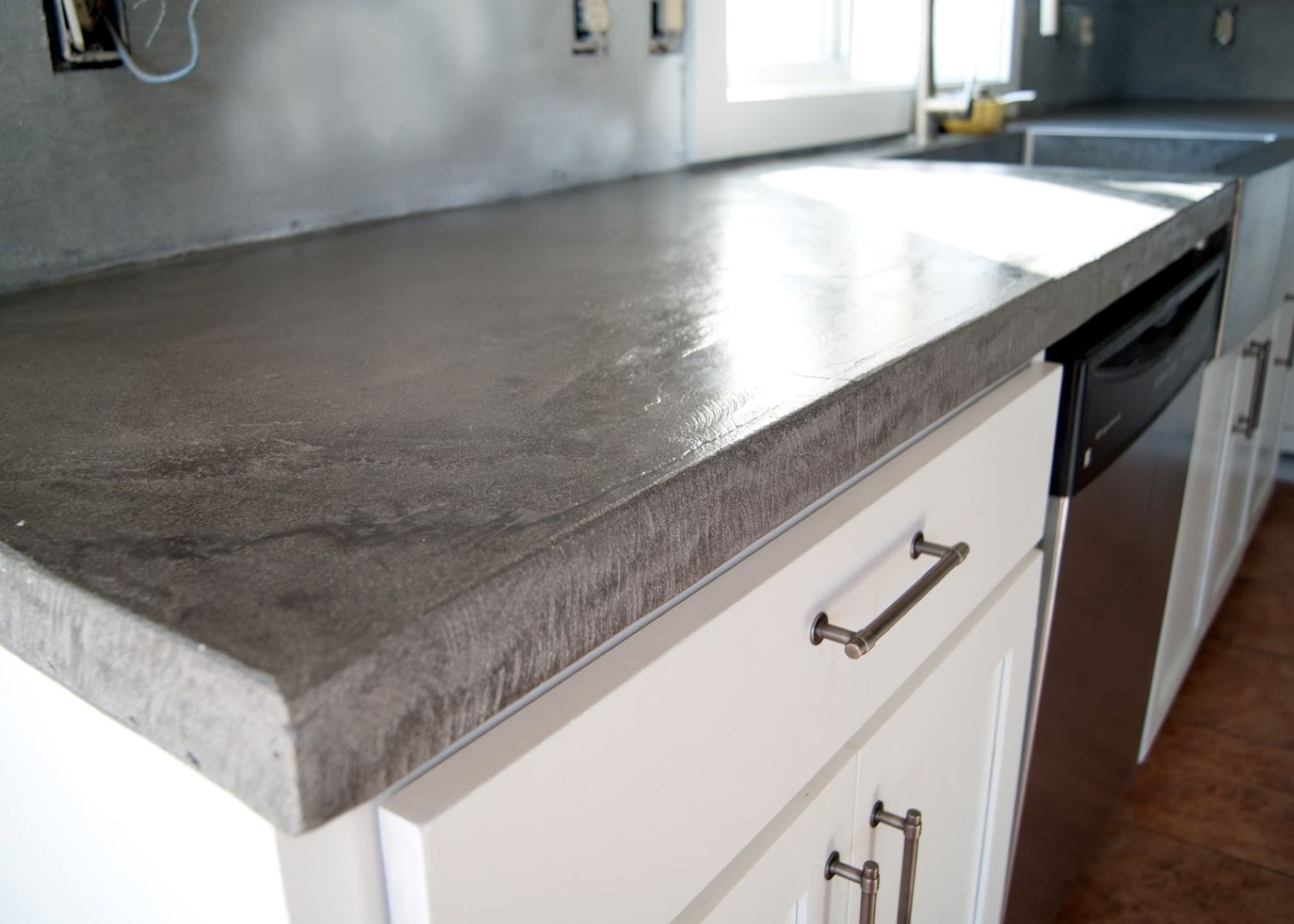
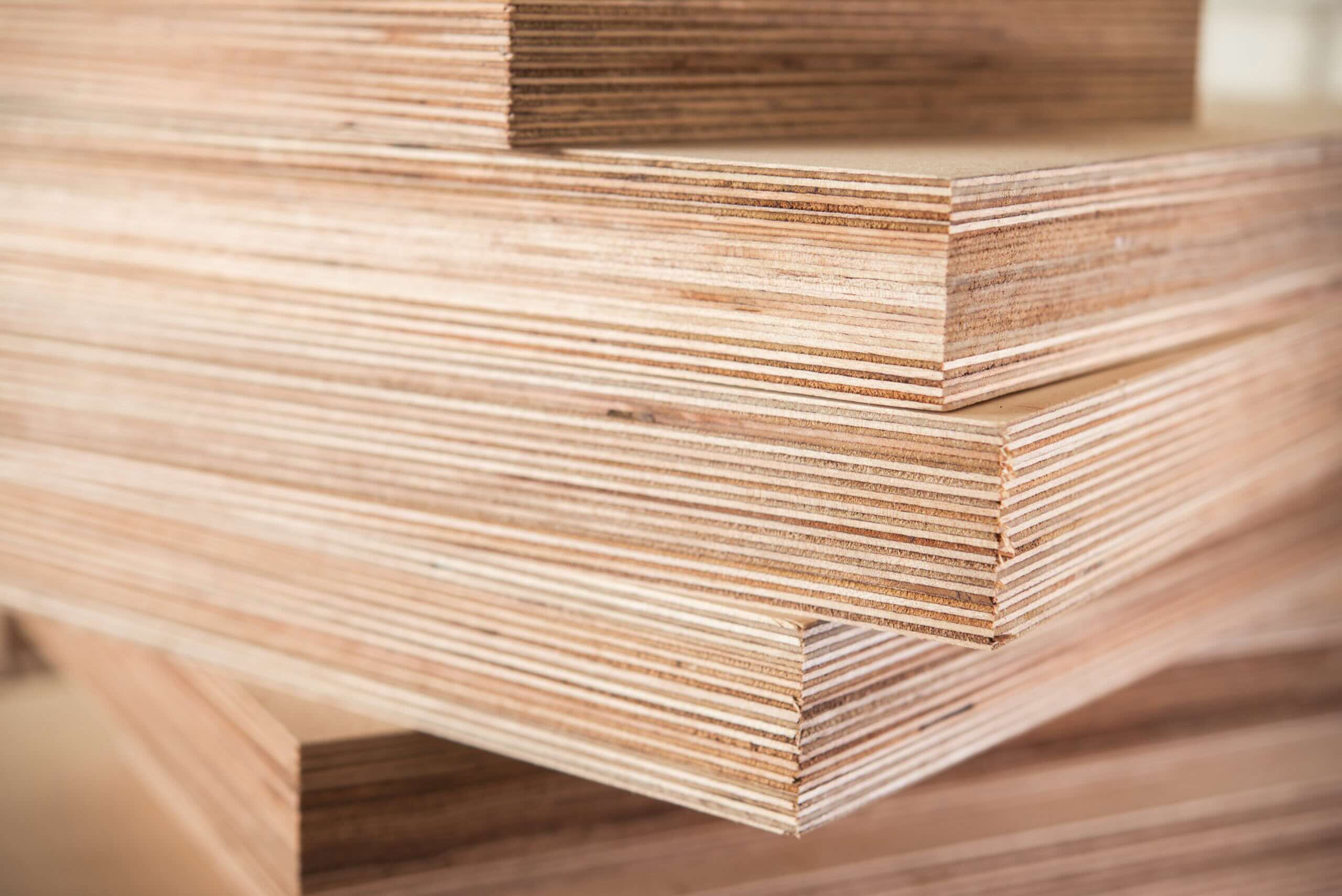
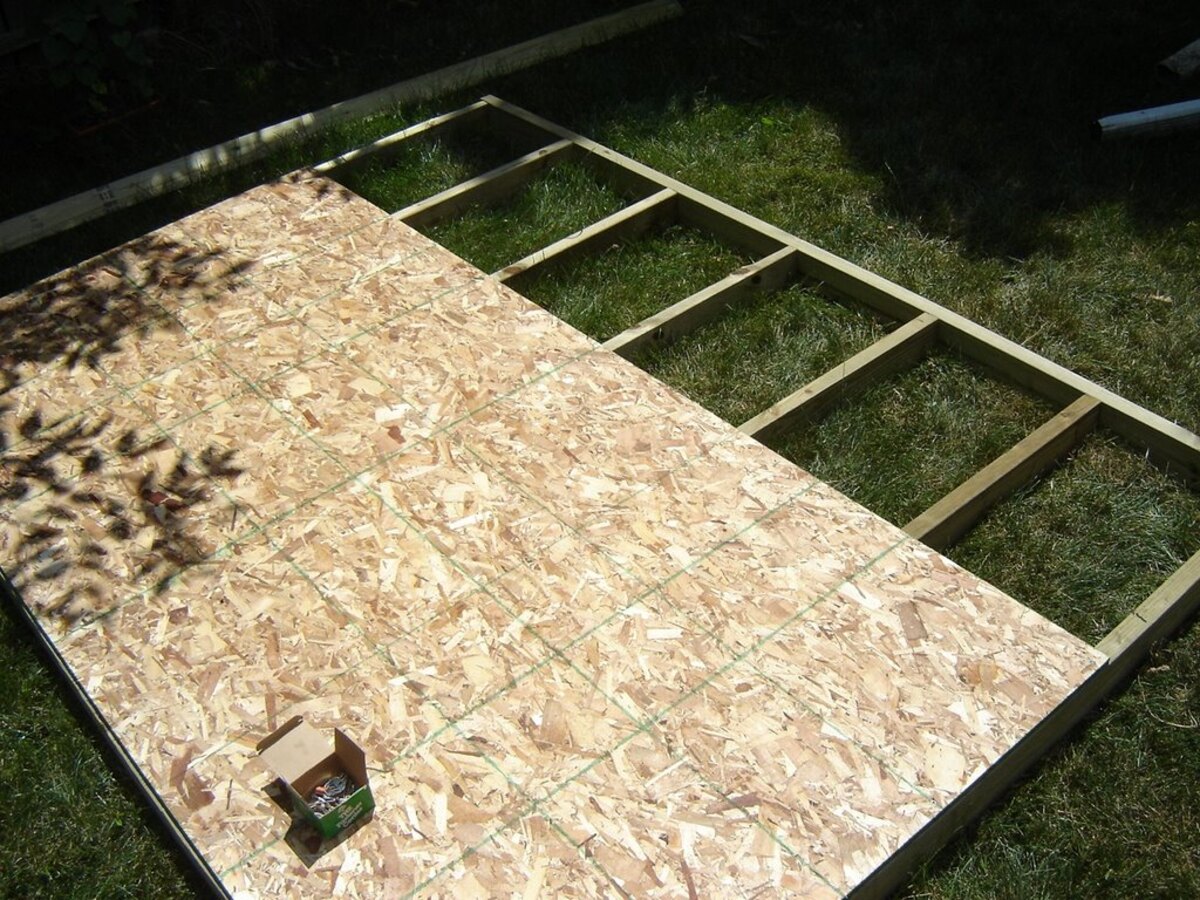
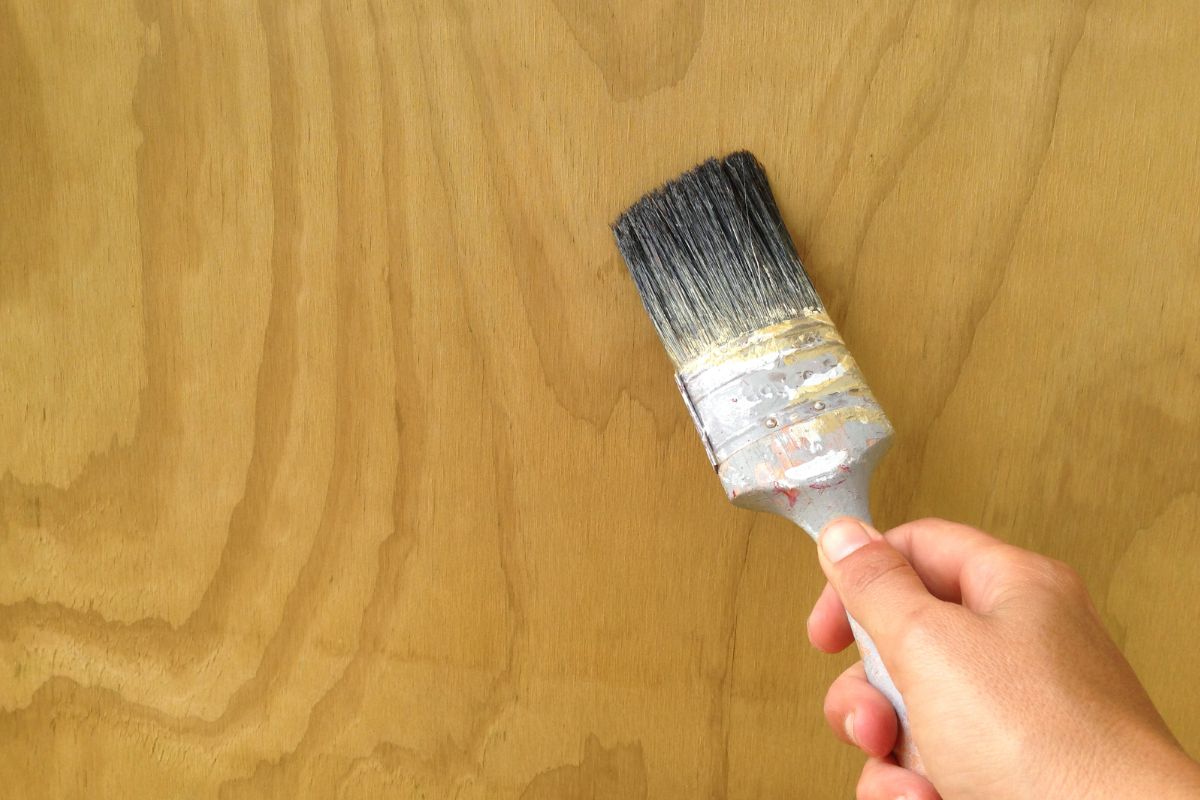
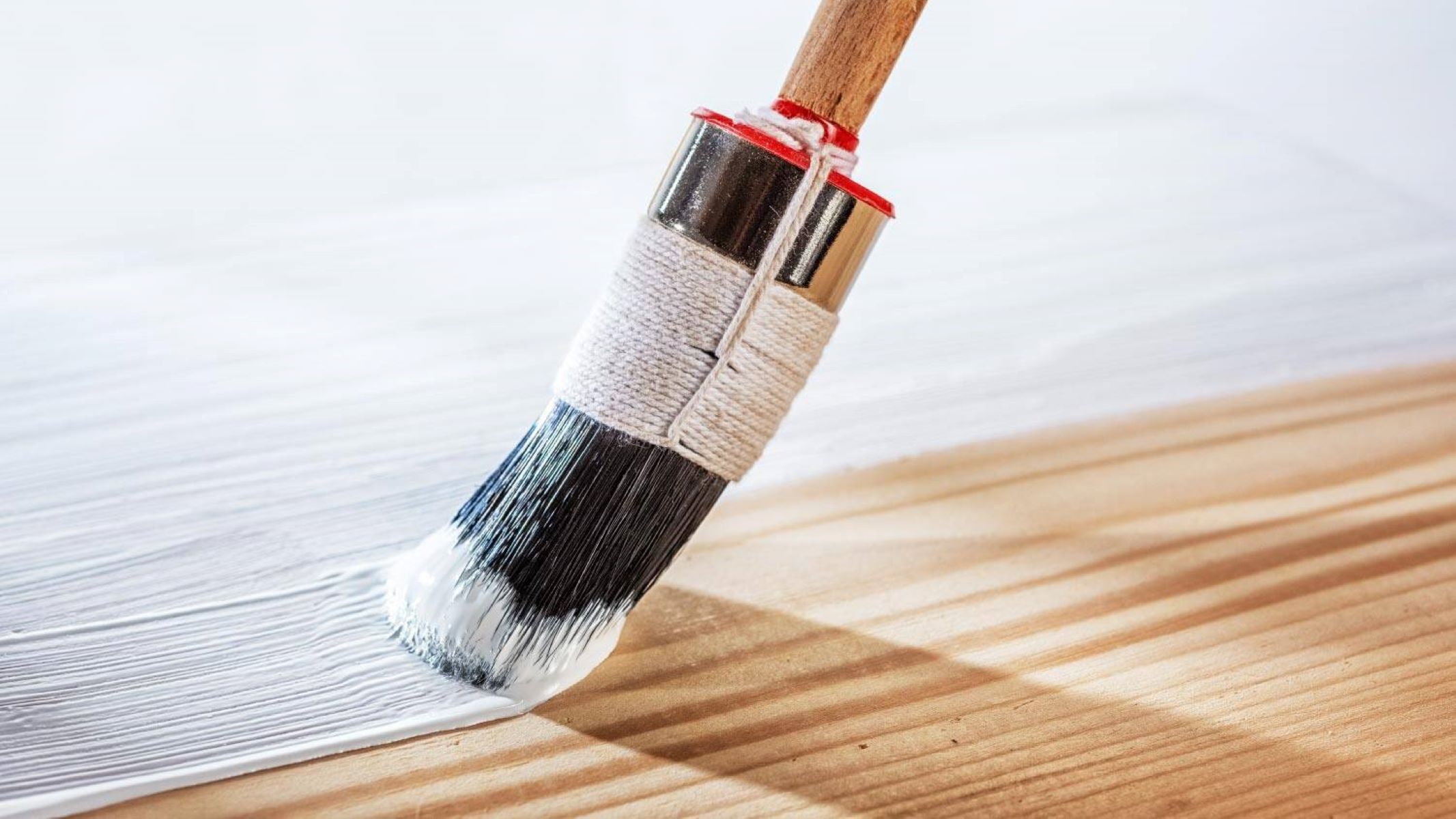
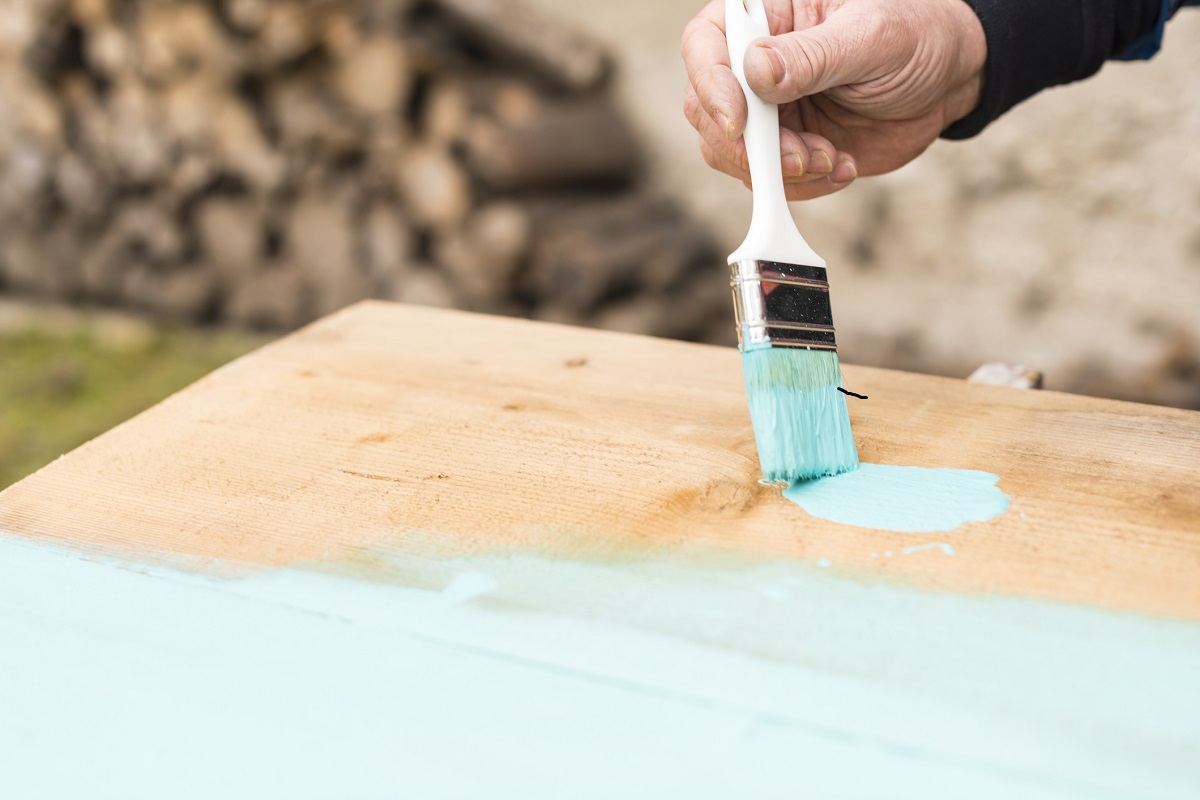
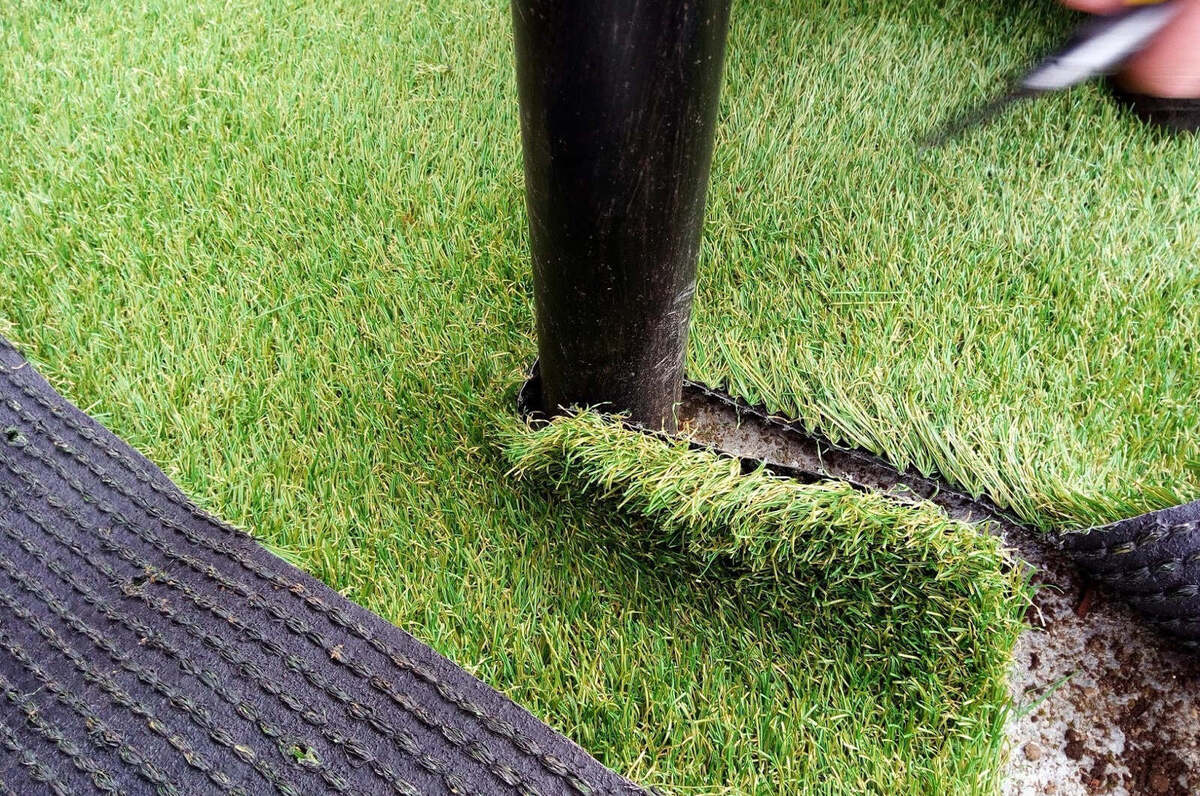
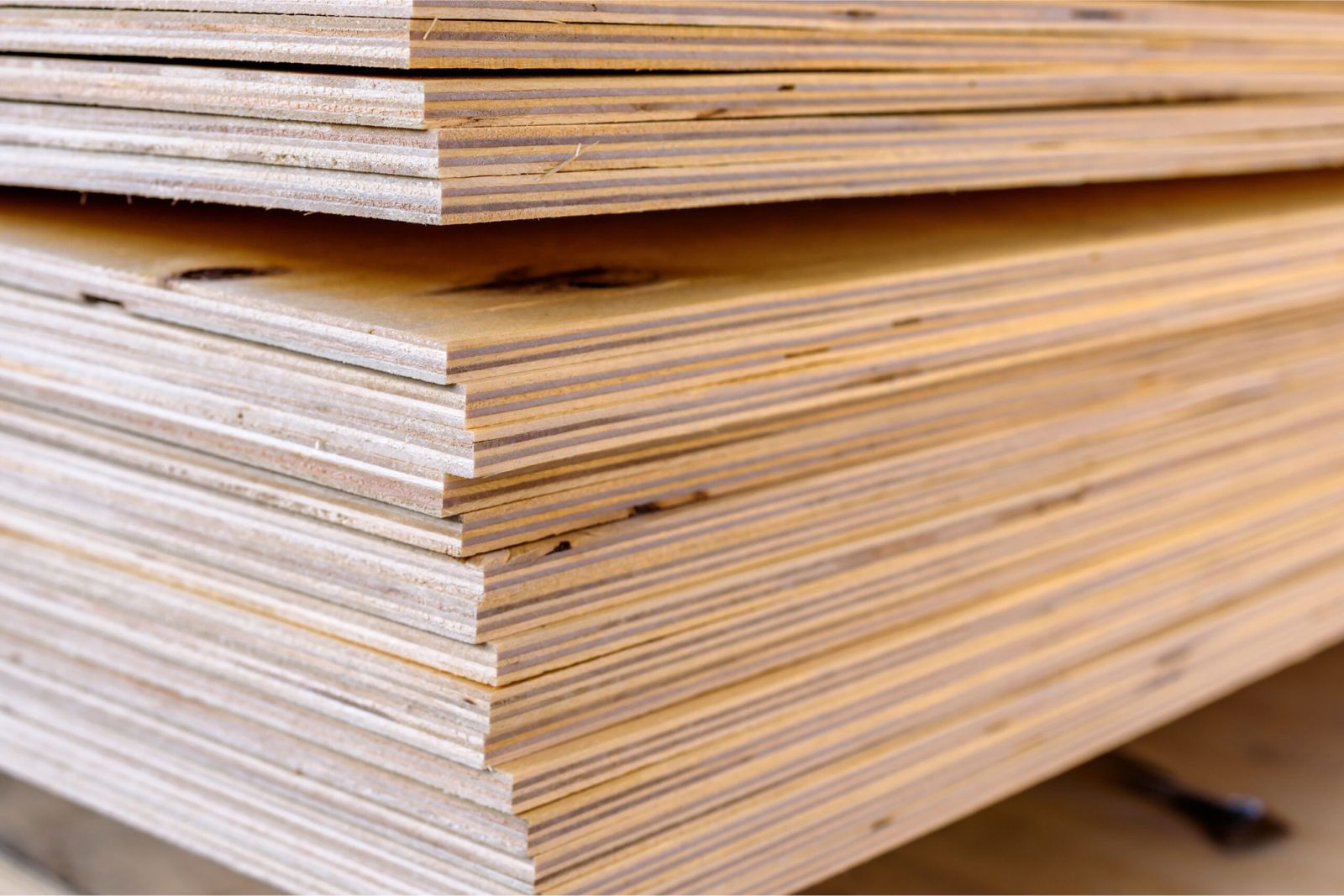
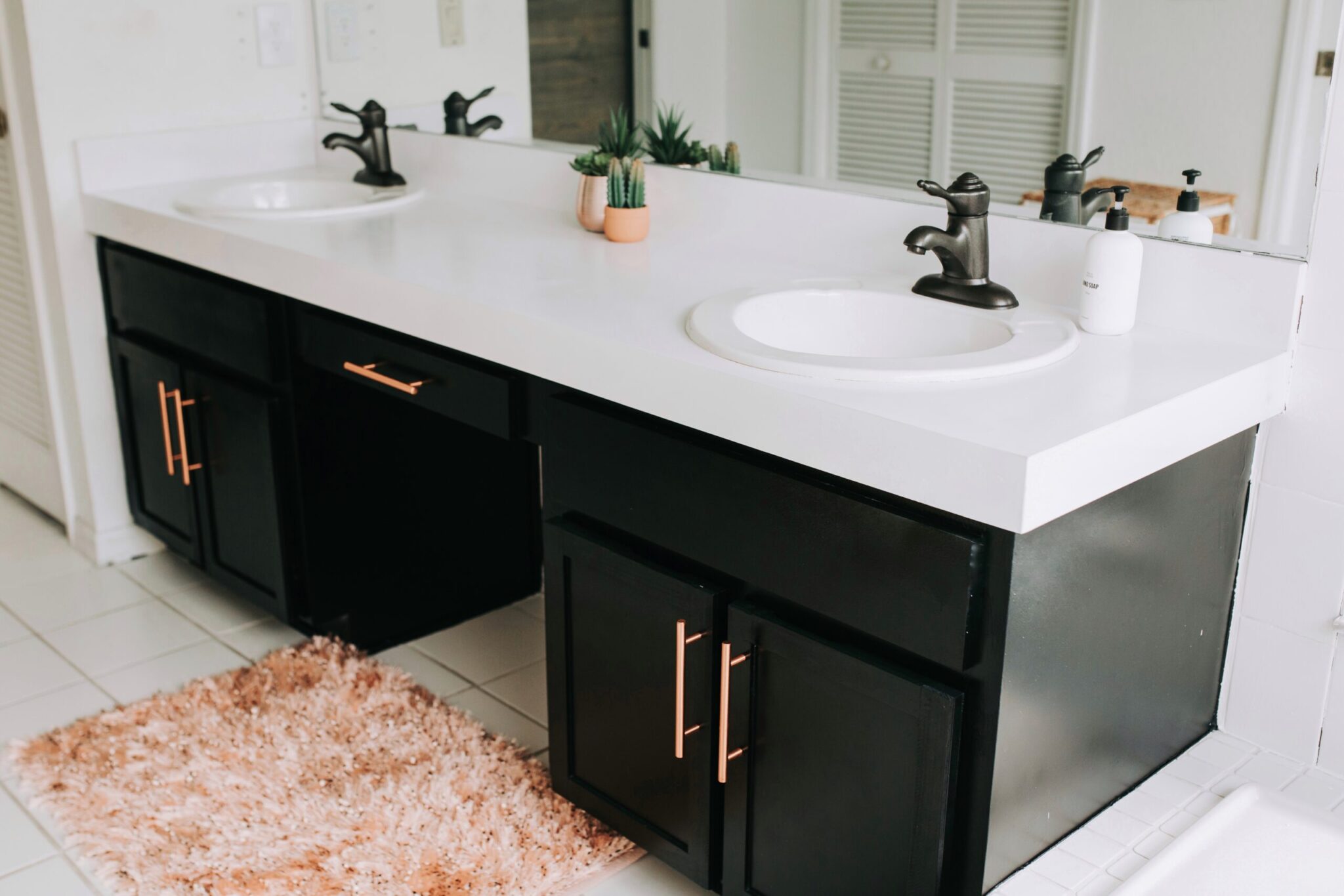
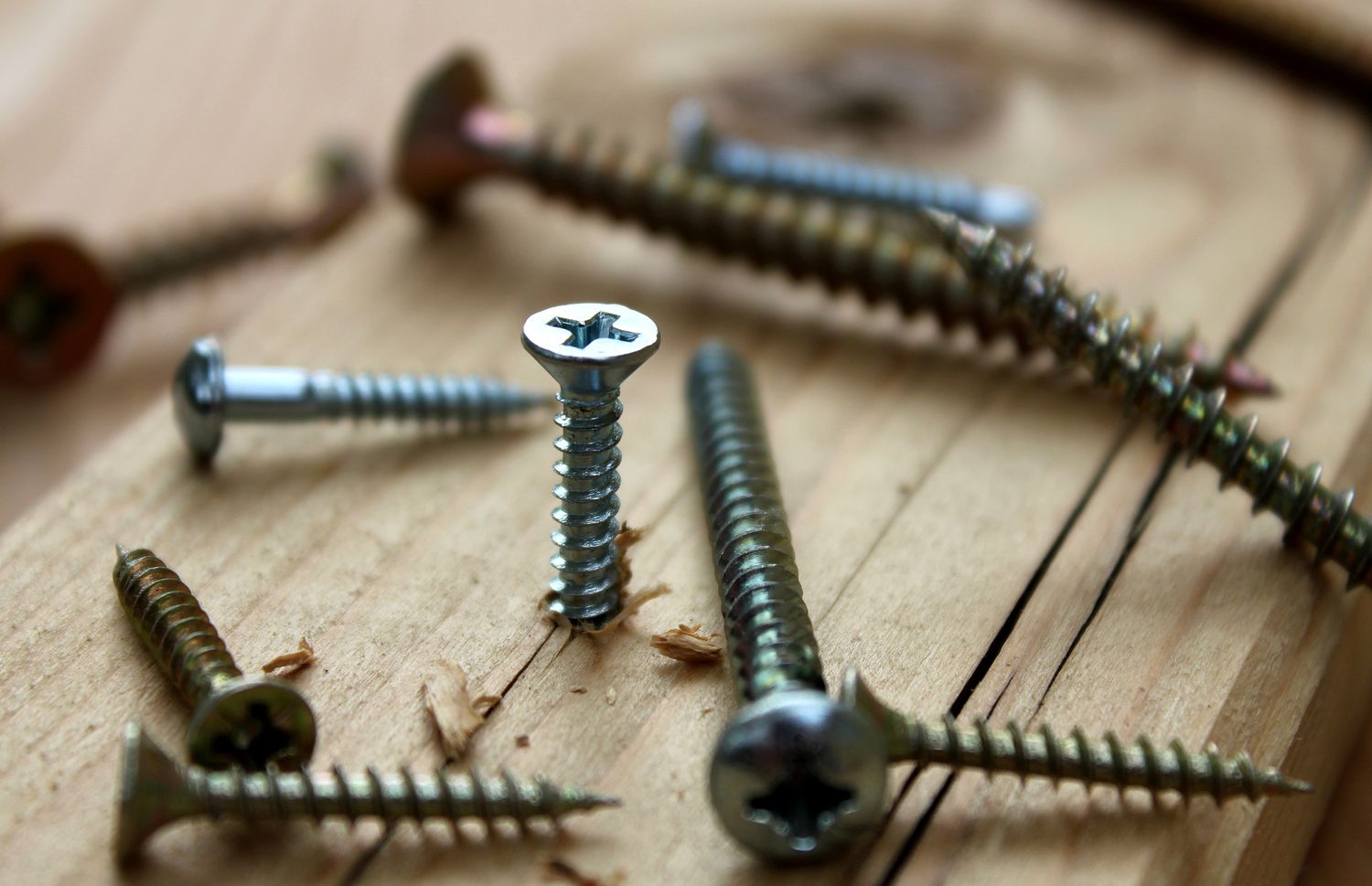
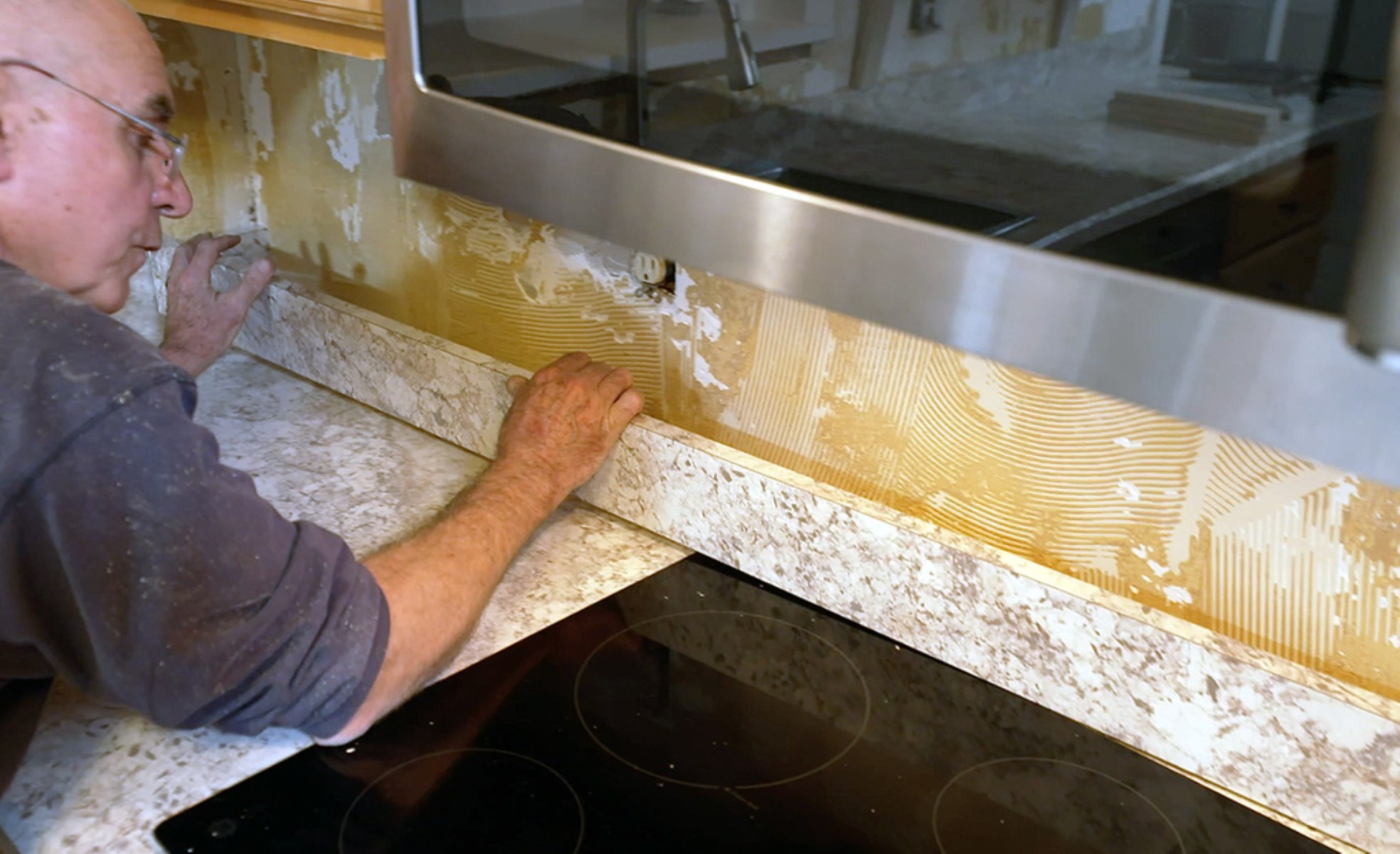
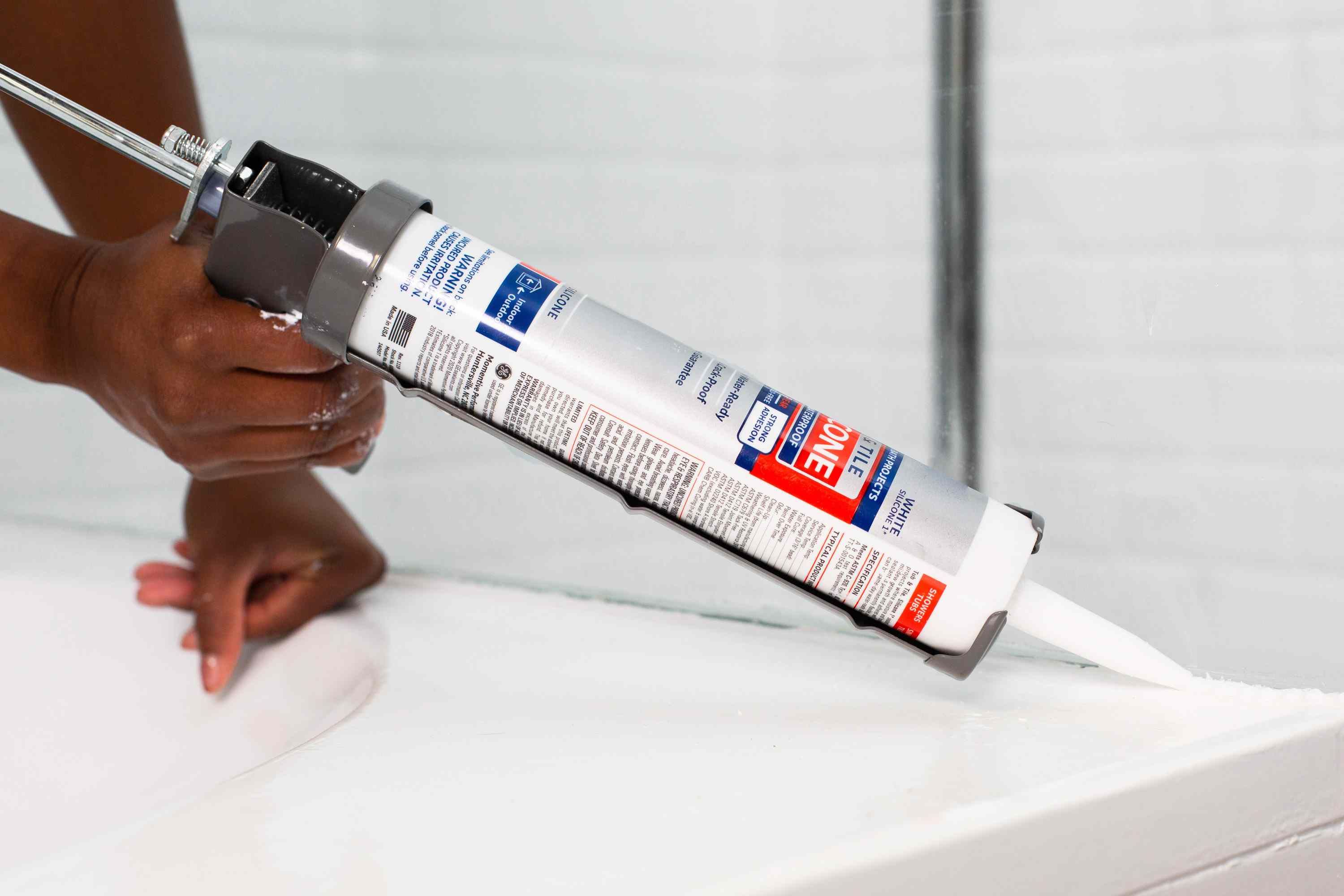
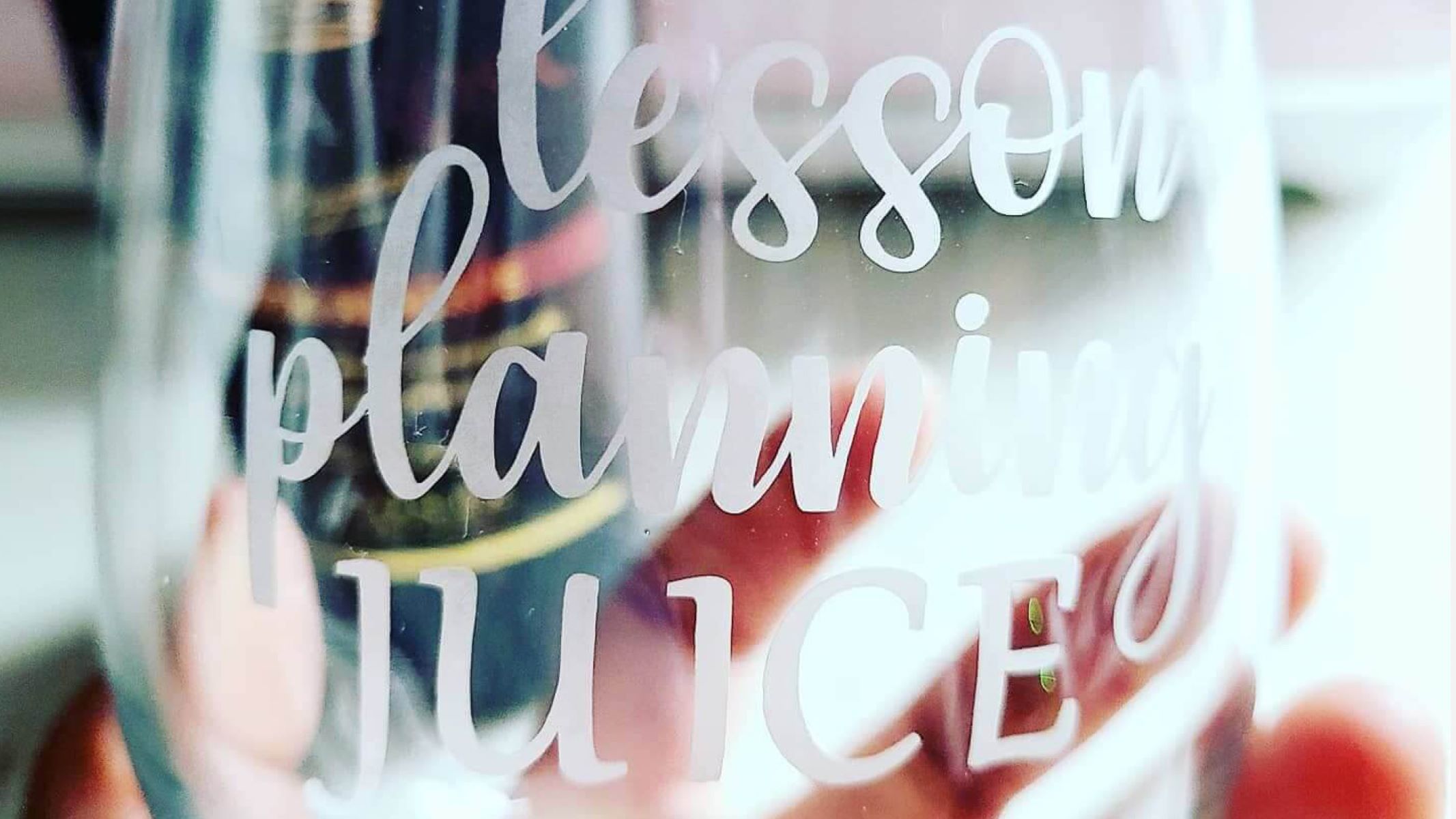

0 thoughts on “What Type Of Plywood To Use For Under Countertops”